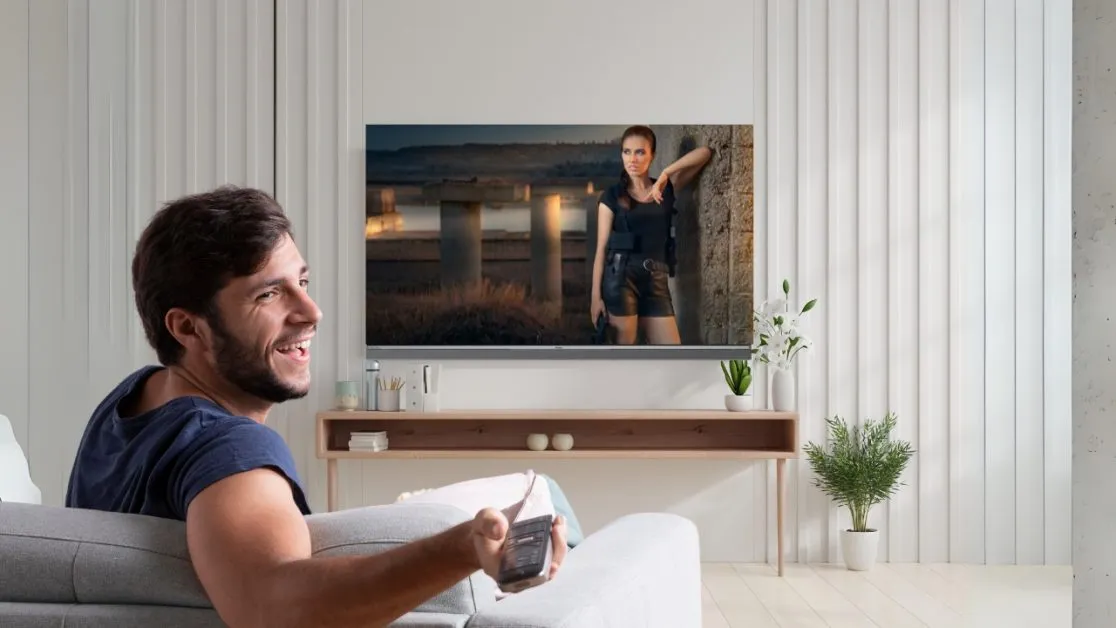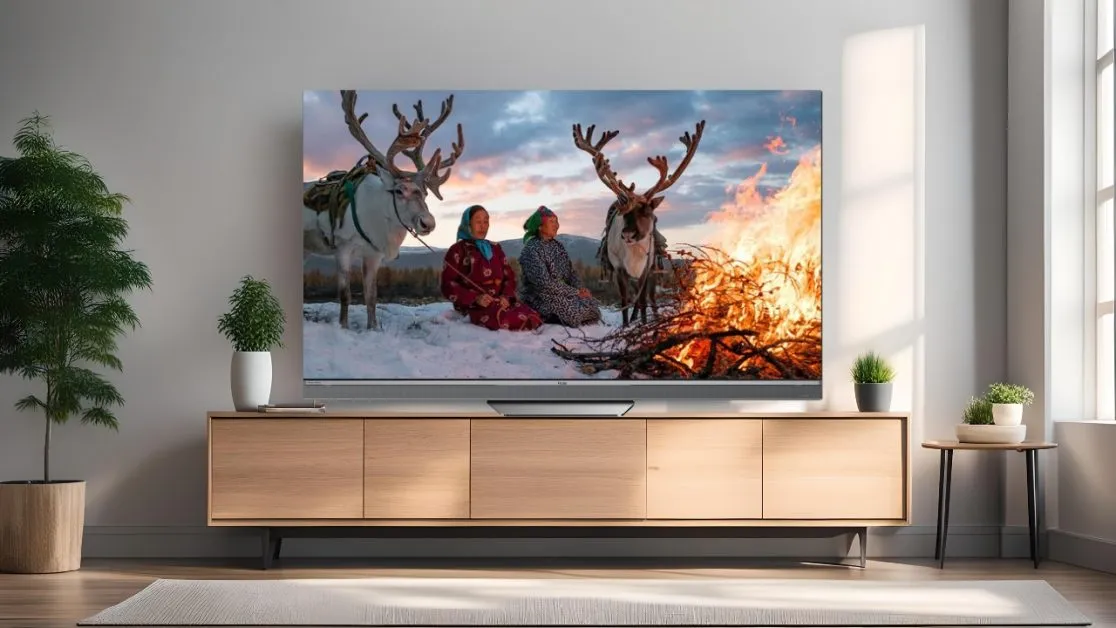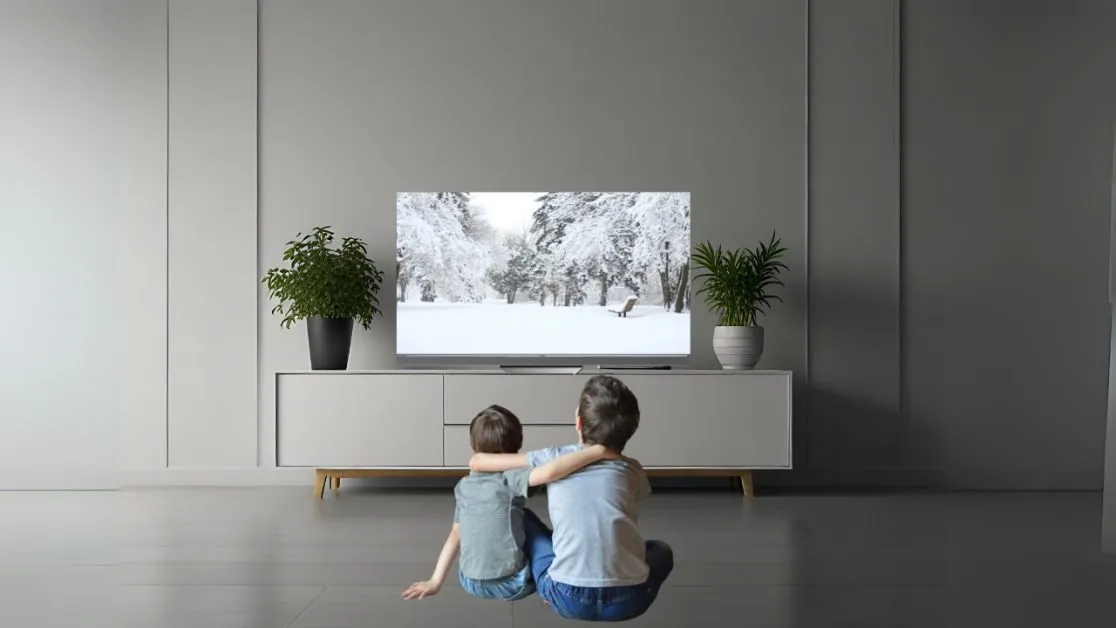Brightness is an important aspect of picture quality in the fast-moving world of television technology. One term that has recently gained popularity is “2000 NIT brightness.” But what does this mean exactly and how does it affect your viewing experience? Let’s get into the details about NITs and see how such a high level of brightness could change the way you watch TV.
Understanding NITs: The Measure of Brightness
Before we discuss what 2000 NIT brightness is all about, let us first know what a NIT is. NIT stands for candela per square meter (cd/m2), which is a unit used to measure the brightness of displays. To put it simply, one NIT is approximately equal to the light produced by one candle spread over an area of one square meter.
The NIT Scale: From Dim to Dazzling

To give you some perspective, here are a few common NIT values:
- 100-200 NITS – Typical indoor computer monitor brightness
- 300-500 NITS – Normal brightness for most modern TVs
- 1000 NITS – High brightness considered as premium HDR TV feature
- 2000 NITS – Ultra-high brightness that stretches current TV technology
As shown above, 2000 nits represents the highest end on this scale and provides a really bright display.
The Impact of 2000 Nit Brightness on Your Viewing Experience
Now that we know what 2000 nits means, let’s dig deeper into how this ultra-high level of brightness can improve your TV watching experience.
Stunning HDR Performance
High Dynamic Range (HDR) content depends on a television’s ability to produce dark blacks as well as bright highlights. With 2000 nit brightness, HDR content looks better than ever before. Sunsets seem more vibrant, explosions become more intense, and reflections look more natural than before. This wider contrast range due to higher brightness allows for images with incredible depth and detail that pop off the screen.
Combating Ambient Light
Dealing with ambient light is one of the biggest challenges in creating an immersive viewing experience. Whether it’s sunlight streaming through windows or overhead lighting in your living room, too much light can wash out pictures on less bright TVs. However, a 2000 nit display has enough power to deal with such lighting conditions, hence maintaining good picture quality even when there are many lights around.
Enhanced Color Volume

Brightness does not only make things appear brighter but also helps in color reproduction. At 2000 nits, TV sets can produce a wide range of colors at different levels of brightness. This implies that you will see richer and truer colors across all spectrums, from deep reds to bright yellows.
Improved Visibility in Dark Scenes
Though it may seem counterintuitive, having a brighter display can actually improve visibility during dark scenes. The increased dynamic range of brightness allows for more detailed shadow information which reveals subtle textures and objects that might be lost on inferior displays.
The Technology Behind 2000 NIT Brightness

Reaching 2000 nit brightness is not an easy task; it needs advanced display technologies as well as sophisticated processing capabilities. Mini-LED is one of the most promising technologies in this field.
Mini-Light Emitting Diodes: The Powering of Brightness Revolution
For liquid crystal display panels, the backlight is made using thousands of small LEDs in mini-LED technology. This allows for more precise local dimming which is essential for achieving high levels of brightness while still keeping deep black levels. With mini-LEDs, televisions can reach never-seen-before peaks of luminosity without compromising contrast or color accuracy.
Quantum Dots: Amplifying Color and Brightness
Quantum dots are tiny particles that emit light when energy excites them. These microscopic powerhouses work alongside mini-LED technology to enhance both brightness and color volume, thereby contributing towards 2000 NIT displays’ amazing visual quality.
Considerations When Buying a 2000 NIT TV

There’s no denying the attraction brought about by 2000 NITs, but before you make your purchase, consider these points:
- Energy consumption: Higher levels of brightness usually translate into more power needed, hence higher electricity bills may be incurred.
- Heat generation: If not well managed, brighter displays can produce excess heat which could affect the lifespan of your TV set over time.
- Viewing comfortability: While it may be impressive having 2000 NITs, this could prove too much for extended viewing in dark rooms. Look out for TVs with adaptive brightness features so as to guarantee comfort across different viewing environments.
- Availability of content: To genuinely enjoy the full potentiality of 2000 NITs, one needs HDR content that can take advantage of this capability.
Beyond 2000 NITs – What Lies Ahead Next For Brightness?
Brightness has never been static at any given point, even though two thousand nits is an exceptional milestone. Consequently, researchers and manufacturers are already figuring ways on how to achieve even brighter levels; nevertheless, their objective isn’t just limited to numbers but rather they want these figures to help create better viewing experiences which are natural and realistic.
Haier India’s M95E QD-MINI LED 4K Smart TV – The Brilliance Unleashed

If your eyes crave nothing short of breathtaking visuals brought forth by two thousand nits, then look no further than Haier’s M95E QD-MINI LED 4K Smart TV. This state-of-the-art television marries unparalleled brightness with other advanced features to give consumers an unmatched viewing experience.
The M95E prides itself in having a QD-MINI LED panel that boasts one hundred percent color gamut. This ensures that colors are rendered accurately as well as producing excellent contrast levels. In addition to this, it possesses seven hundred and twenty dimming zones, thus enabling precise control over brightness and darkness, resulting in deep blacks together with brilliant highlights. For fast action scenes or sports, the 144Hz refresh rate combined with MEMC technology guarantees smooth motion.
However, picture quality alone does not complete the package offered by M95E. Its integrated front speakers, which come alongside a subwoofer, form part of the Harman Kardon sound system capable of delivering sixty watts audio power output enriched by Dolby Atmos. Powered by Google TV software, the device offers a smart user interface that is easy to navigate through, plus access to thousands of apps from different streaming services.
Designed ultra-slimy but still maintaining its elegance courtesy of an annular runway stand, there is more than meets the eye when it comes to M95E. It represents not just another television set but rather a gateway towards entirely new dimensions in visual excellence.
To sum up, two thousand NITs represent significant progress made within the television industry since they offer brighter colors and lifelike picture quality which makes watching more immersive. Whether cheering favorite teams during sports events or catching up with the latest movies on big screens such as those found in Haier’s M95E, once you have experienced what can be done using such displays, then everything else seems dull by comparison. Therefore, there are brighter days ahead for television viewers worldwide.

